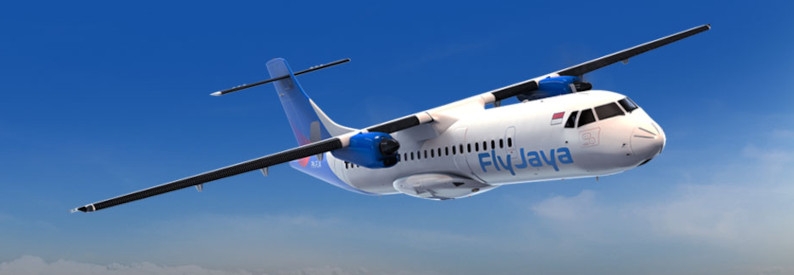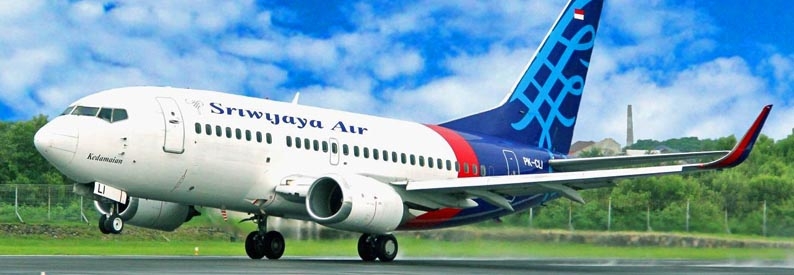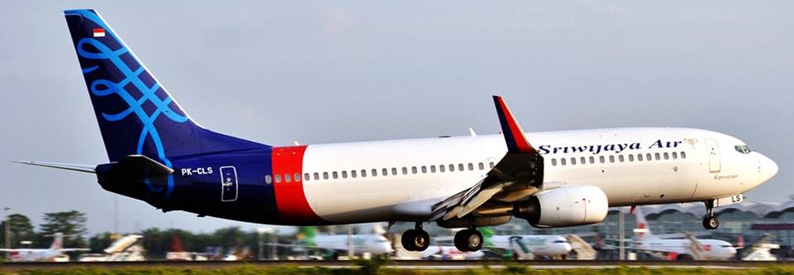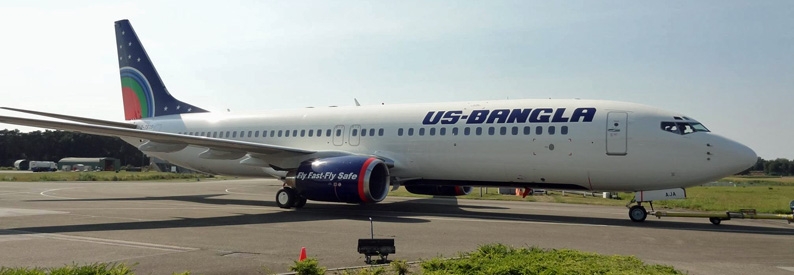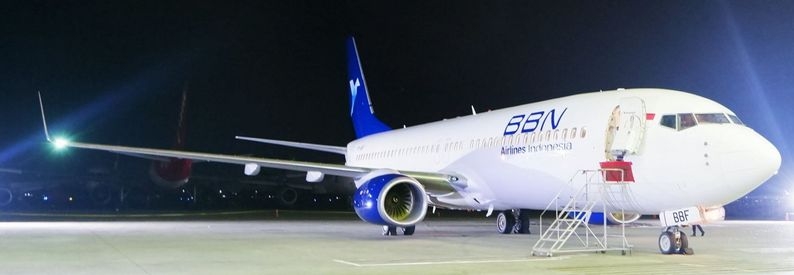Sriwijaya Air (SJ, Jakarta Soekarno-Hatta) completed the retirement of its fleet of B737-400s during the first two months of this year airline corporate planning and business development director, Jefferson Jauwena, has told CAPA.
In an interview earlier this month, Jefferson said that of its remaining B737 Classic fleet, Sriwjaya is considering selling two of its nine B737-300s this year but will retain at least five of the type in order to conform to Indonesian aviation laws which require scheduled operators to own at least five aircraft. While the B737-500s will be retained for a further five to ten years, the carrier is looking to transfer five to its NAM Air (IN, Jakarta Soekarno-Hatta) subsidiary by June of this year possibly followed by another three during the second half of the year, he added.
To make up for the lost capacity, Sriwijaya Air has been increasing its B737-800 fleet size with thirteen now in service alongside two B737-900(ER)s. Two more -900s may be acquired if suitable financing can be arranged with lessors, Jefferson said.
Previously announced plans to acquire turboprops - among them the ATR72 from ATR - Avions de Transport Régional (EVX, Toulouse Blagnac) and the Q400 from Bombardier Aerospace (BBA, Montréal Trudeau) - have now been dropped after a study indicated it would be best to maximise the group's B737-500 fleet. As with the turboprops, the -500 is able to operate from smaller airfields around Indonesia where the A320 and B737 NextGen can not, but, unlike the turboprop, offers jet travel which passengers are more likely to prefer.
Concerning Nam Air, Jefferson said the carrier would use the incoming B737-500s to expand its network of domestic bases around Indonesia beyond the current Pontianak, Jakarta Soekarno-Hatta, and Surabaya. Proposed locations include Medan Kuala Namu on the western island of Sumatra, and at least one airport in eastern Indonesia. Together, the new stations will allow the Sriwijaya Group to improve connectivity on domestic routes in the western and eastern parts of the Indonesian archipelago.
While both carriers operate within Indonesia, Nam Air serves regional routes that, in general, are not already served by Sriwijaya Air. In addition to being used to feed Sriwijaya’s domestic trunk routes, it also caters to point-to-point passengers looking to avoid a connection in congested Jakarta. As such, with added metal rolling in, Nam Air will target regional routes currently served by the Garuda Indonesia and Lion Air Groups.
- Type
- Base
- Aircraft
- Destinations
- Routes
- Daily Flights

